Calendar of Cosmic Events - 2018
Check out the dates and times for astronomical events like equinoxes, solstices, meteor showers, eclipses, supermoons, and more.
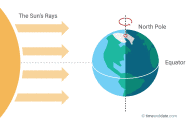 20MAR
20MARMarch 20: March Equinox
The March equinox is the first day of spring in the Northern Hemisphere and the start of fall in the Southern Hemisphere by astronomical definitions.
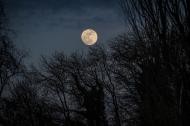 31MAR
31MARMarch 31: Blue Moon
2018 will see a rare event—two Blue Moons in a single year. The second Full Moon in the month of March will be the second Blue Moon of 2018.
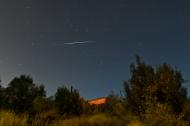 22APR
22APRApril 22/23: Lyrid Meteor Shower
The Lyrid meteor shower is expected to peak between April 22 and 23. A First Quarter Moon may make viewing conditions difficult.
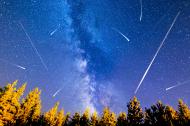 06MAY
06MAYMay 6: Eta Aquarid Meteors
The best time to see shooting stars from the Eta Aquarid meteor shower is in the early morning, just before dawn, on May 6.
 21JUN
21JUNJune 21: June Solstice
This solstice is the summer solstice in the Northern Hemisphere, where it is the longest day of the year.
In the Southern Hemisphere, it's the winter solstice and the shortest day of the year.
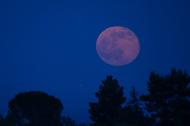 28JUN
28JUNJun 28: Full Strawberry Moon
At 4:53 UTC, the Moon will turn into a Full Moon. It is called a Strawberry Moon because it coincides with the strawberry picking season in North America.
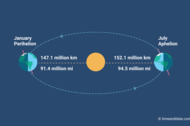 06JUL
06JULJuly 6: Earth at Aphelion
At 16:46 UTC on July 6, 2018, Earth will be at aphelion: the furthest point from the Sun in its yearly orbit.
The opposite happens in January when Earth reaches perihelion.
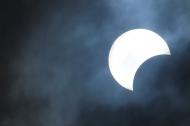 13JUL
13JULJul 13: Partial Solar Eclipse
The first solar eclipse in this eclipse season is another partial solar eclipse. It can be seen in southern Australia including Tasmania, the Pacific, and the Indian Ocean. See an animation of the eclipse and follow its path across the globe in the link.
 27JUL
27JULJul 27/28: Total Lunar Eclipse
The second lunar eclipse of 2018 will also be total, a Blood Moon. This one will be visible in much of Europe, Asia, Australia, Africa, the Atlantic, the Indian Ocean, and Antarctica.
 11AUG
11AUGAug 11: Partial Solar Eclipse
The third solar eclipse in 2018, and the second of the season, is another partial solar eclipse. See it in north-eastern Europe, north-western Asia, northern parts of Canada, Greenland, the Atlantic, and the Arctic, or see our animation of the eclipse in the link.
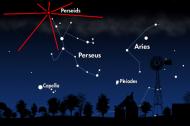 12AUG
12AUGAug 12/13: Perseid Meteors
The shooting stars of the Perseid meteor shower, are known as the most active and brightest meteor showers of the year.
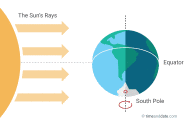 23SEP
23SEPSep 23: September Equinox
Also known as the autumnal (fall) equinox in the Northern Hemisphere, the September Equinox is considered by many as the first day of fall.
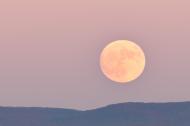 24SEP
24SEPSep 24/25: Harvest Moon
The Full Moon closest to the September Equinox is called the Harvest Moon. In the Northern Hemisphere, the time between successive moonrises will be shorter around this period.
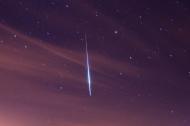 08OCT
08OCTOct 8: Draconid Meteor Shower
The best time to see the shooting stars of the peaking Draconids is just before nightfall on October 8, 2018.
 21OCT
21OCTOct 21/22: Orionid Meteor Shower
Orionids are the second meteor shower in October. The best time to see these shooting stars is just after midnight and before the Sun rises.
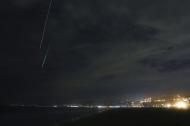 17NOV
17NOVNov 17/18: Leonid Meteor Shower
The Leonids' shooting stars will peak on the night of November 17 and early morning of November 18 in 2018.
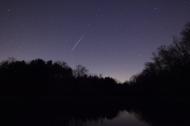 13DEC
13DECDec 13/14: Geminid Meteors
One of the best meteor showers of the year, the Geminids will peak on the night of December 13 and early morning hours of December 14, 2018, but will be visible from December 4-16.
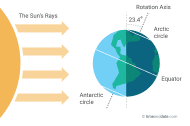 21DEC
21DECDec 21: December Solstice
The December solstice will take place at 22:22 UTC. Also known as the winter solstice, it is the shortest day of the year in the Northern Hemisphere. In the Southern Hemisphere, it is the longest day of the year and is called the summer solstice.
 22DEC
22DECDec 22/23: Ursid Meteors
Catch the shooting stars of the last major meteor shower of the year, the Ursids, when it peaks between the night of December 22 and 23, 2018.



No comments:
Post a Comment